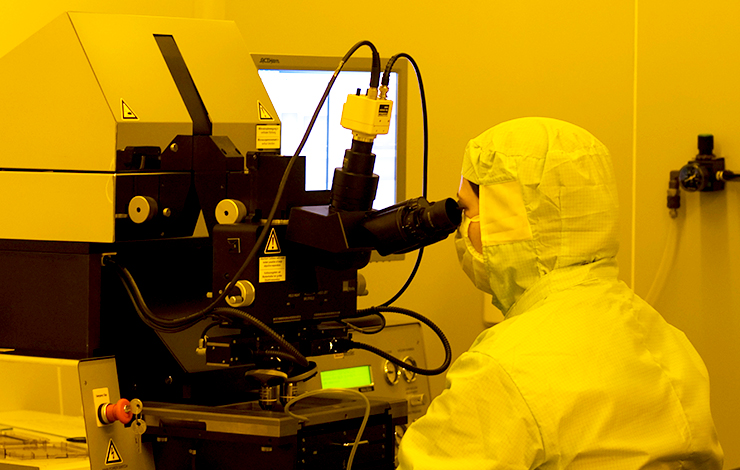


Metal alloys, matrix inclusions and manufacturing techniques of Moinhos de Golas collection (North Portugal): a study by micro-EDXRF, SEM–EDS, optical microscopy and X-ray radiography
| Title | Metal alloys, matrix inclusions and manufacturing techniques of Moinhos de Golas collection (North Portugal): a study by micro-EDXRF, SEM–EDS, optical microscopy and X-ray radiography |
| Publication Type | Journal Article |
| Year of Publication | 2016 |
| Authors | Loureiro J a, Figueiredo E b, Silva RJC b, Araújo MF c, e Fonte J d, Bettencourt AMS e |
| Journal | Applied Physics A: Materials Science and Processing |
| Volume | 122 |
| ISSN | 09478396 |
| Keywords | Brass, Bronze, Copper alloys, Elemental compositions, Lead, Manufacture, Manufacturing techniques, Micro-structural observations, Microstructural heterogeneity, Optical data storage, Optical microscopy, Photodegradation, Polymethyl methacrylates, Preservation state, Radiographic images, Structural heterogeneity, Thermo-mechanical processing, Tin, Tin alloys, X ray radiography, Zinc sulfide |
| Abstract | A collection of 35 metallic artefacts comprising various typologies, some of which can be attributed to the Bronze Age and others to later periods, were studied to provide detailed information on elemental composition, manufacturing techniques and preservation state. Elemental analysis by micro-EDXRF and SEM–EDS was performed to investigate the use of different alloys and to study the presence of microstructural heterogeneities, as inclusions. X-ray radiography, optical microscopy and SEM–EDS were used to investigate manufacturing techniques and degradation features. Results showed that most of the artefacts were produced in a binary bronze alloy (Cu–Sn) with 10–15 wt% Sn and a low concentration of impurities. Other artefacts were produced in copper or in brass, the latest with varying contents of Zn, Sn and Pb. A variety of inclusions in the metal matrices were also found, some related to specific types of alloys, as (Cu–Ni)S2 in coppers, or ZnS in brasses. Microstructural observations revealed that the majority of the artefacts were subjected to cycles of thermomechanical processing after casting, being evident that among some artefacts different parts were subjected to distinct treatments. The radiographic images revealed structural heterogeneities related to local corrosion processes and fissures that seem to have developed in wear-tension zones, as in the handle of some daggers. Radiographic images were also useful to detect the use of different materials in one particular brass artefact, revealing the presence of a possible Cu–Sn solder. © 2016, Springer-Verlag Berlin Heidelberg. |
| URL | https://www.scopus.com/inward/record.uri?eid=2-s2.0-84982293148&doi=10.1007%2fs00339-016-0354-7&partnerID=40&md5=68faaab313887c14ac87c44666ba9fa9 |
| DOI | 10.1007/s00339-016-0354-7 |








